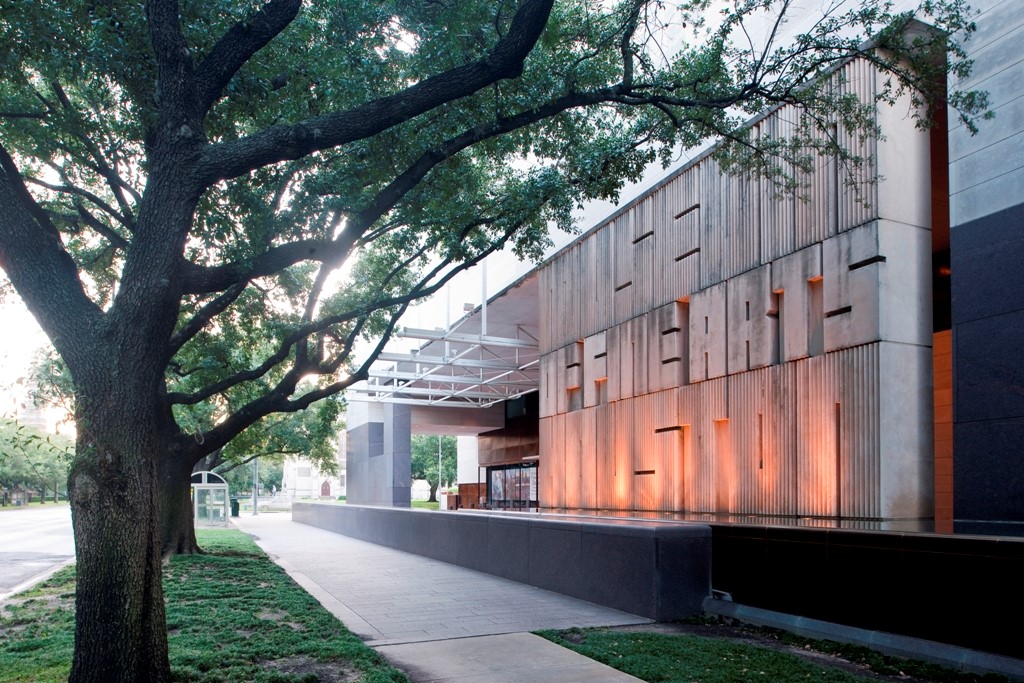The Target Collection
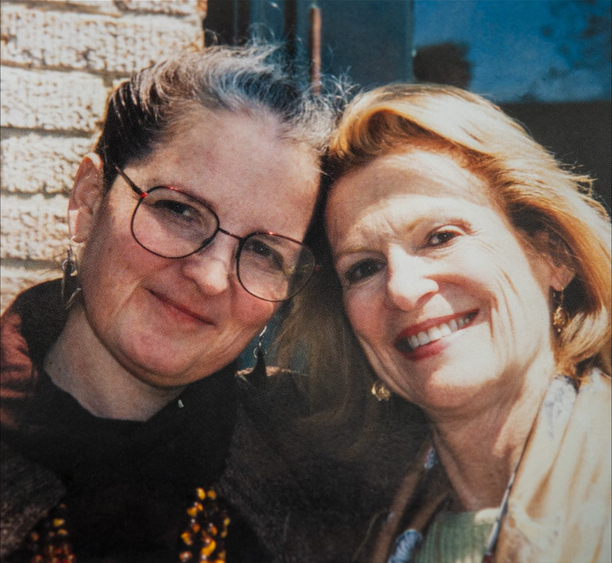
Joan Alexander and her late husband, Stanford, have long played a remarkable role in the life of the Museum’s photography department, from its founding in 1976 through decades of growth to its present place as a premier collection serving the public in Houston and far beyond. “Joan and Stanford Alexander are responsible for the creation of a photography department at the Museum of Fine Arts, Houston,” declares the department’s founding curator, now curator emerita, Anne Wilkes Tucker, summing up the couple’s impact succinctly. The Alexanders’ friendship with and respect for Tucker has led to nearly five decades devotion to the Museum’s photography department—including support for its acquisitions and exhibitions, a study center providing public access to the collection, and a program of support for future generations of photo-historians.
The Target Collection and Founding of the Photography Department
Joan Alexander recalls the pivotal event that launched the photography collection: “In 1976, Steve Pistner, CEO of Dayton-Hudson, asked me to recommend an organization to donate five percent of pretax profits from their Houston Target stores. I asked Bill Agee, then director of the Museum of Fine Arts, Houston (where I served on the board for 34 years and ultimately chaired the Photography Subcommittee for 10 years), what he would do with $25,000. He answered that he would start a photography department. When he received the grant, he did just that and hired Anne Tucker to curate that first Target show.” With that first grant in 1976, Tucker purchased one work by each of 68 photographers, the start of the Target Collection of American Photography. As that visionary corporate gift was renewed, Tucker acquired for the Target Collection more than 400 photographs by artists whose works are considered foundational in the American photographic tradition: Imogen Cunningham, Robert Frank, Dorothea Lange, Paul Outerbridge, Joel Sternfeld, Alfred Stieglitz, Paul Strand, James Van Der Zee, William Wegman, and Edward Weston, among others. In addition to documenting important moments in American history, the Target Collection demonstrates a variety of approaches to the medium by artists whose perspectives have affected contemporary photographic practice. From the Target seed planted by Joan Alexander, the Museum’s photography holdings have grown into a world-renowned collection spanning the history of the medium, from its origins to the present day.
“The vision and generosity of Joan Alexander and her late husband, Stanford, are truly inspiring,” says Gary Tinterow, Director and Margaret Alkek Williams Chair of the Museum of Fine Arts, Houston. “Without them, our photography collection might have remained a minor note in the Museum. Instead, thanks to their support and encouragement, we can now proudly claim our place among the world’s preeminent collections of the art of photography. We remain eternally grateful.”
As the photography collection grew, a support committee was formed in 1983 under Tucker’s leadership. Joan stepped up to chair the group, which consisted of generous supporters, knowledgeable collectors, and wise advisors, and on which Joan continues to serve. The Alexanders themselves supported the growing photography collection, contributing to the purchase of more than 50 photographs including works by Margaret Bourke-White, Annie Leibovitz, David Levinthal, Simon Norfolk, Georges Rousse, August Sander, George Seeley, Thomas Struth, and Roman Vishniac. Many of the photographs funded by the Alexanders reference Jewish life or history, an abiding interest of the couple and another major focus of their philanthropy.
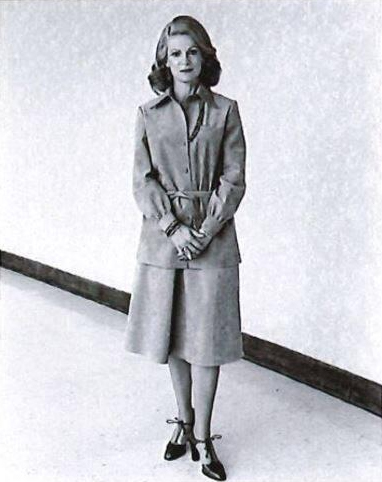
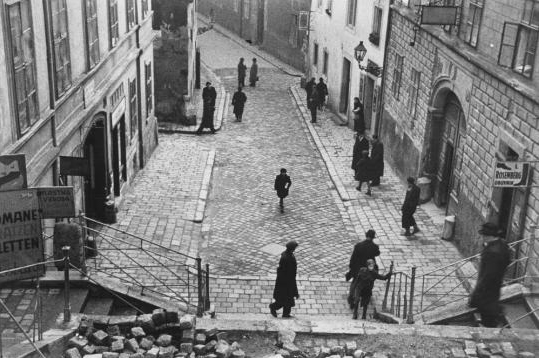
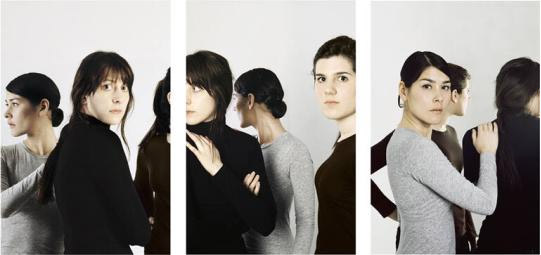
The Anne Wilkes Tucker Photography Center
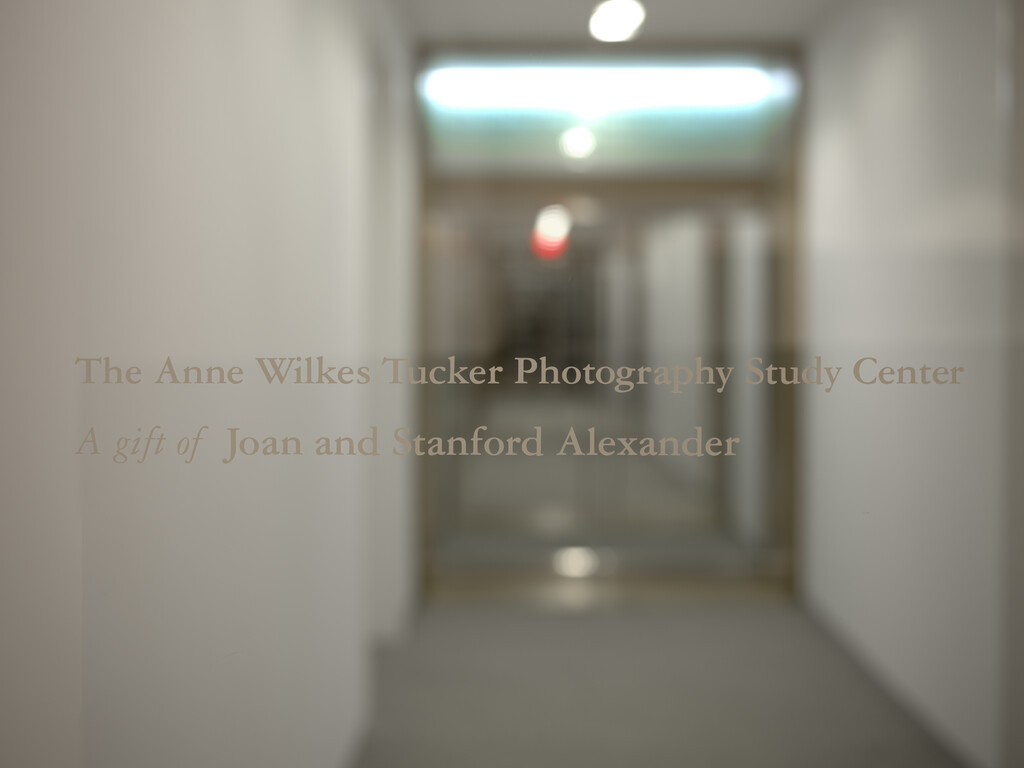
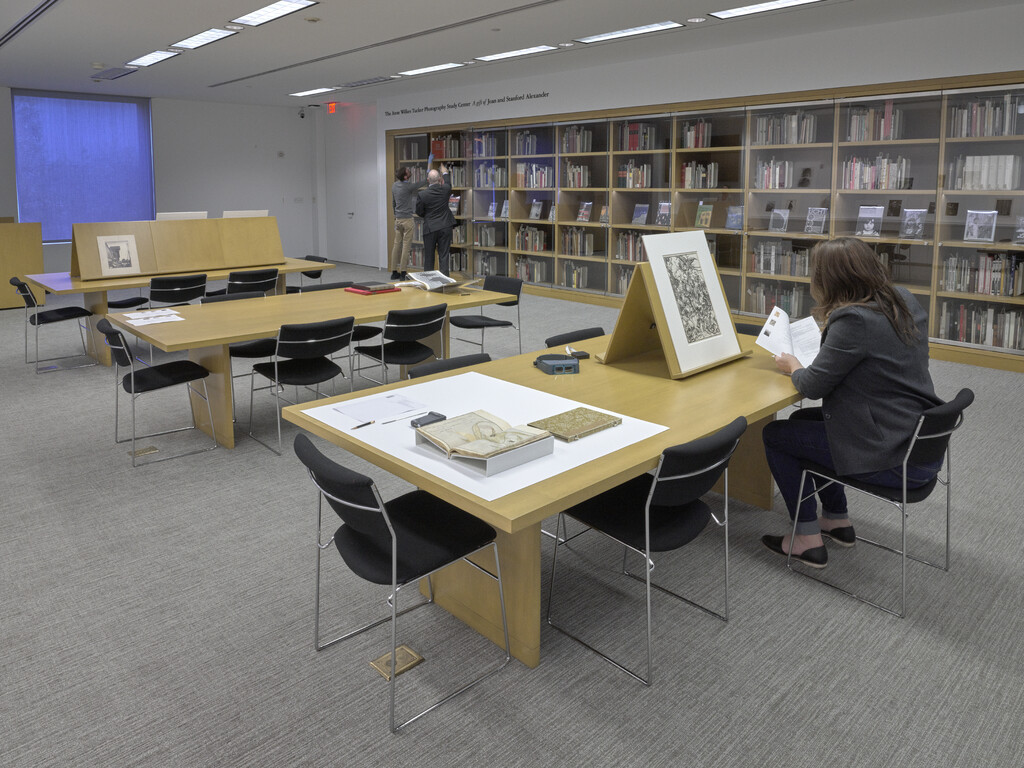
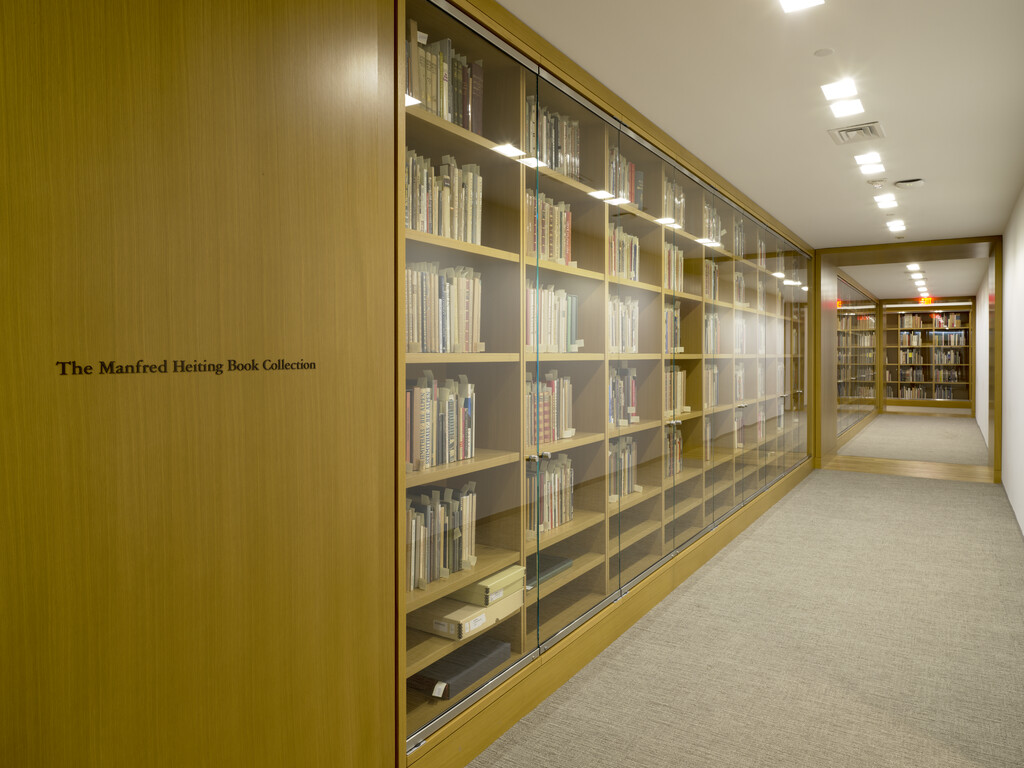
Recognizing that only a small portion of the photography collection is on view at any moment, and that pictures in a vault do not serve the public, Joan and Stanford Alexander recently made a gift to the Campaign for the MFAH for the renovation, redesign, and naming of the Anne Wilkes Tucker Photography Study Center. The 3,500-square-foot public study center provides ample room for individual researchers; a 33-foot-long display wall for class viewings and exhibition planning; audio-visual equipment for small group lectures; a dedicated office for fellows, interns, and volunteers working on projects related to the collections of photographs, prints, and drawings; and glass-fronted display and storage for the Manfred Heiting Book Collection of nearly 7,500 exceptional examples of photographically illustrated books.
“It is our desire to inspire hearts, minds, and spirits and enlarge the vision of all who come to our Museum, particularly during these challenging times,” Joan Alexander said. And that is precisely what happens in the Study Center—an exceptionally spacious and well-appointed room where students, scholars, and members of the public make appointments to view works from the collection, where photographers find inspiration in art of the past, where high school, college, and graduate courses are taught using original works of art, and where the Museum’s curators study the collection and plan exhibitions and installations. Keliy Anderson-Staley, Director of Graduate Studies and Associate Professor of Photography at the University of Houston, describes the impact of the study center: “It’s so important to have this amazing resource in Houston for me to be able to bring my students to. Often, when we come, many of them have never been in this space before, and then when we leave, they feel as if this is their space, that they are able to come and access the collection on their own, outside of class.”
The Joan and Stanford Alexander Dissertation Award
Joan Alexander’s dedication also inspired the couple to establish an endowment for the Joan and Stanford Alexander Dissertation Award. Conceived by Anne Wilkes Tucker and now in its 16th cycle, the award provides grants each year to two PhD students whose doctoral dissertations concentrate on photography. “Joan and Stanford’s belief in the value of investing in young scholars at the start of their careers is truly inspiring, and the record of achievement by past recipients proves that their trust was well-placed,” said Malcolm Daniel, the Gus and Lyndall Wortham Curator of Photography. Past recipients of the Alexander Award have gone on to professorships or curatorial positions at Rhode Island School of Design; Columbia University; the Morgan Library and Museum; Universidad de Los Andes in Bogotá; Kyoto Sangyo University; Louisiana State University; National Gallery of Art; University of Virginia; University of Maryland Baltimore County; Harvard University Art Museums; University College London; Center for Creative Photography at the University of Arizona; New York Public Library; and Museum of Fine Arts, Boston, among other institutions.
The first Alexander Award recipients, for the academic year 2008–2009, Makeda Best and Dalia Habib Linssen, recently reflected on the significance of the Alexander Award. Best, now Deputy Director of Curatorial Affairs at the Oakland Museum of California, wrote that “receiving the Alexander Award in 2009 was a huge boost. The funding was important, but so was the imprimatur of the MFA Houston. Being an awardee made me feel recognized for the value of my scholarship.” Linssen, now Director of Academic Engagement at the Museum of Fine Arts, Boston, noted its lasting impact, commenting, “I remain grateful for the way it helped nourish the seeds of lifelong inquiry on photography, art, and teaching, which I am privileged to share with colleagues and students.”
The Alexander Family’s Legacy of Philanthropy at the Museum
The photography department is not alone in owing thanks to the Alexanders. For 45 years, since their first gift in 1978, Joan and Stanford have supported the Museum of Fine Arts, Houston, in many ways, contributing to fundraising events, Annual Fund Drives, the Core Residency Program, and special exhibitions, most recently as a principal supporter of Beauty and Ritual: Judaica from the Jewish Museum, New York. In addition to supporting the naming of the Anne Wilkes Tucker Photography Study Center, Joan and her family have also generously committed to key capital projects, including the Audrey Jones Beck Building expansion and, most recently, the establishment of the Albert and Ethel Herzstein Gallery for Judaica, an initiative near and dear to the Alexander family’s philanthropy. Above all, we offer our eternal thanks to Joan Alexander who, with her husband Stanford, helped start the photography collection, shepherded its growth, ensured its accessibility to the public, and supported the next generation of scholars and curators.
